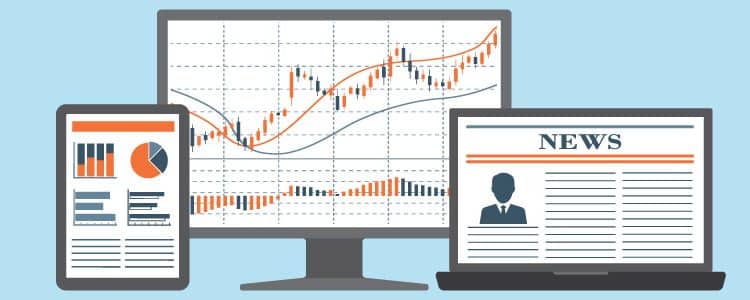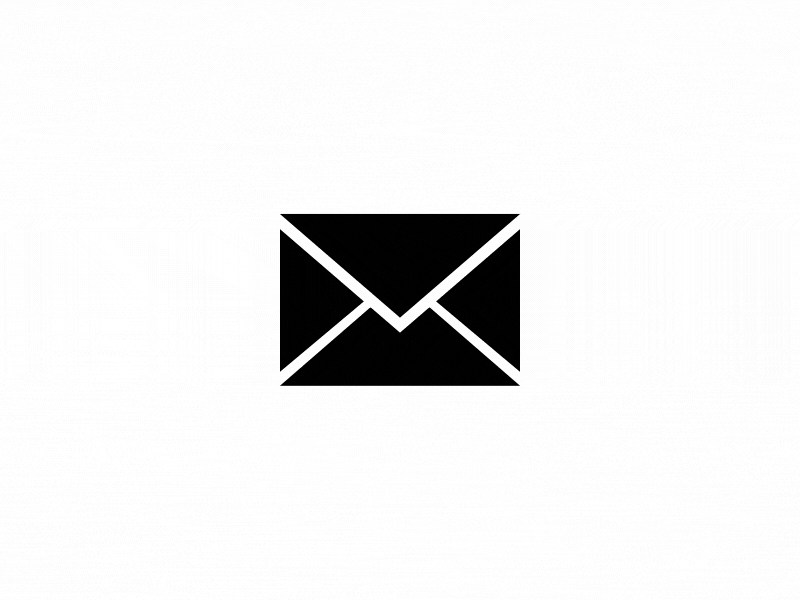
The Importance of Media Monitoring
Have you ever wanted to know what people are saying about your business? Wouldn’t being a fly-on-the-wall help improve your customer satisfaction rating? Well, there is a way you can stay in the loop.
Media Monitoring is an essential tool for businesses to stay afloat and gain a competitive edge. It allows you to keep track of your business, competitors, industry trends, etc. across print, radio, broadcast, and social media. Aside from tracking important news, a comprehensive monitoring platform will also give you analytical reports that help you digest the news/mentions for each alert you create. Sounds like a tempting PR tool, right?
Let’s take a look at the importance of this PR tool…
What is Media Monitoring?
Scoping the internet for any essential mentions, trends, or keywords you want to track all falls into Media Monitoring. You are monitoring important business trends: keeping track of anything necessary. Whether it be products, competitors, or key factors, you will have the ability to shift through the noise online.
Certain Media Monitoring platforms offer different services. What does that mean? On one platform, you may be able to search print, online, and social media mentions, while another platform may offer print, online, and broadcast. Depending on your needs, it is good to take a look at what’s available. Speaking to your team is a good way to gauge what is necessary to track.
What’s Included?
Everything from alerts to stat reports should be included in your Media Monitoring platform. The amount of alerts you are allowed to set depends on the service you are using. Typically, every company that offers a Media Monitoring platform includes stats. But, keep in mind different services offer different means of monitoring: broadcast, print, radio, blog posts, social media, etc.
Let’s take a look at what a typical Media Monitoring platform should include:
Alerts:
Alerts are standard to have in any Media Monitoring platform! Without it, there would be no platform to begin with.

The filters included when setting up an alert differ depending on the monitoring service provider. Typically, there are included keywords, excluded keywords, the ability to filter different media types, outlets, and much more. Some providers will also allow you to filter by the media type they offer.
Certain platforms will also allow you to set an Alert Frequency: how often you would like to receive your alert. Typically, alerts can be set hourly, daily, weekly, or in real–time.
Statistics Page:

With every alert that you set, a statistics page per each alert is usually included. The stats page gives you a comprehensive understanding and breakdown of what your alert entails. It usually tells you how many mentions you have received, sentiment of those mentions, ad cost, etc. The information displayed on the stats page depends on what the service provider can supply.
As part of stats, a PDF report can be downloaded to be shared with your team or other co-workers. Some providers allow for further customization of your stats page, allowing you to include and exclude certain elements to create the best report possible.
Archive of Mentions:
When you create an alert, you begin monitoring any online mentions about the alert you created. This begins your archive history, allowing you to go through any previous and future mentions as they come in.
Mentions typically date back for a while depending on the service provider you are using and what the terms of the agreement are. Some providers may allow you to archive mentions from 12 months-10 years ago, while others may begin your archive of mentions from the day you sign-up or created the alert. Although the older option can be more useful, the later will also help with monitoring your alerts.
Having access to a Media Monitoring service can tremendously help grow your business. Not only do you get to keep track of industry trends and your competitors, you will have data to back up any information you need to make informative decisions via a statistics page. Plus, you get to stay ahead of the game, with the ability to receive alerts based on your set alert frequency. Once you have those alerts, you can backtrack on any mentions. This feature will allow you to use an alert history to make a roadmap for the future. So why not start your Media Monitoring journey now?



